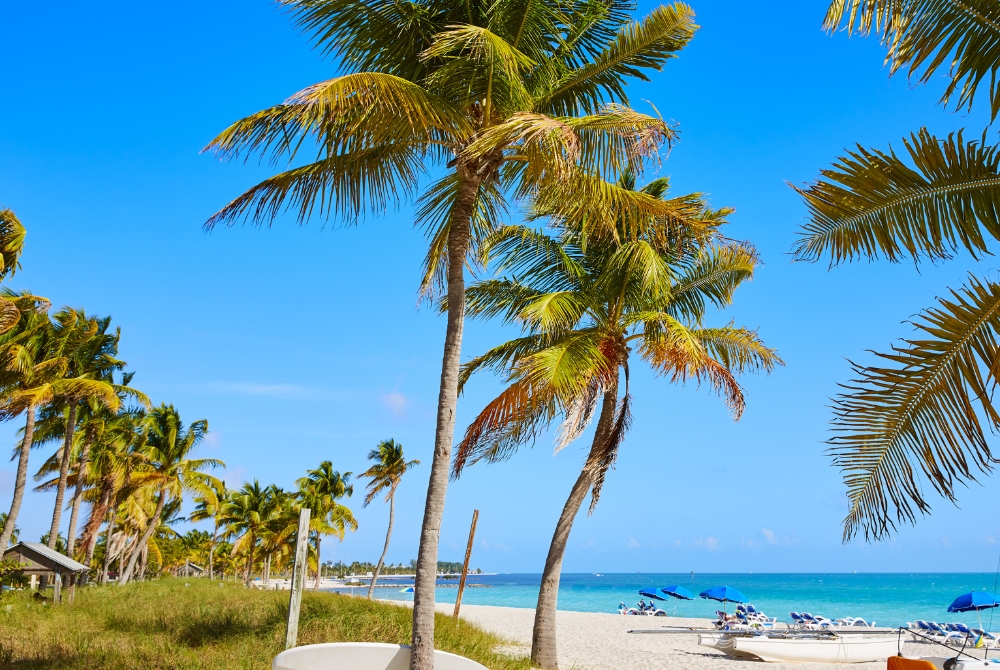What’s the use of a land designation? If you have spent any time looking into land zoning, you may have discovered its older and wiser cousin in real estate law. Both land use designation and land zoning come into play in an ongoing dialogue over a small, private island in Hillsborough County, Forida that evades definition.
Pine Key – AKA “Beer Can Island”
The private island in question is 11 acres long according to its website, and nine acres according to the most recent news article. At any rate, small enough to walk across in less than half an hour.
The current group of owners bought it for $64,000 in 2017. They rent out the island and surrounding boats for events, including bachelor and bachelorette parties. They also sell memberships to the island for regular guests, with tiers ranging from $10 monthly to a one-time fee of $5080 for partial ownership.
Currently, the island has no land zoning or land use designations, but in 2021, the island’s owners asked for the county to consider a future land use designation.
Why would they want that? Because integration with county amenities and safety programs (like fire and rescue) allows the island to become a more open destination – tourists could come and go sans official memberships or booking official events.
Land Use vs. Land Zoning
Let’s pause and clarify the terms being used here. The difference hinges on your view of time. Land use designation is like a “vision board” for an area – it covers the intentions for broader swaths of land when a city or county creates a plan for their region. Land uses generally fall into six expansive categories:
- Commercial
- Residential
- Agricultural
- Recreational
- Industrial
- Transportation
Zoning dictates the specific usage for real property – that is, land and buildings – in the present. For instance, an apartment building might be zoned as mixed residential/commercial, which sets the scene for those adorable town squares where artists (or programmers) live above shops that only exist in Hallmark movies. Within that zoning are rules and regulations such as setbacks, required amount of parking, and height restrictions.
How do land use designation and zoning interact? Well, a county might look to the land use designation of an area to inform how it will mete out zoning for the properties within that designation.
The Fate of the Isle of Beer Can
So, what land use designation did the Hillsborough Board of County Commissioners come up with? Interestingly enough, the Board found themselves stumped trying to fit the “no use land” into their current land use designations.
The owners brought up a Land Use map amendment to change the island to a Public/Quasi-Public land use category. But the county determined that category to be “overly broad and permitting too great a range and intensity of use.”
What does that mean? Keep in mind here that the county was concerned that, if crowds of people were able to come and go freely on the island, public services would be obligated to respond if something bad were to happen, like a fire, a medical emergency, or a rescue – and they would not be able to reach the island efficiently.
The Pine Key Island owners have now asked for a novel land use category, stirring up a dialogue among commission members about how – or if – the island can be occupied safely with access to mainland amenities. They are considering creating an island-specific category for land use called Island Recreation.
Currently, the creation of such a category is still going through the county and community question ringer: How will the environment on the island be affected by more people? Is the island prepared for other logistic challenges that higher traffic could bring? Does this category-defying island just need to be shut down? In fact, enough people were concerned about its ordered evacuation that they started a petition to secure a category and keep the island hopping.
Ironically, a number of the concerns for the continued use of the island stem from an absence of planning in years past. A large concern for allowing any structures to be built on the island or investing in any infrastructure to the island is that it is eroding; down from 17 acres in 2005. The erosion is likely caused by nearby shipping routes causing currents and wake to continually shrink the island. Had those types of preservation concerns been accounted for a generation or two ago, the island might not be facing erosion today.
While you may start to get a headache from reading these details, the point is that it’s worth planning land use with the long term in mind. This plants the seeds for neighborhoods in which we want to live – and islands on which we want to have our parties.
